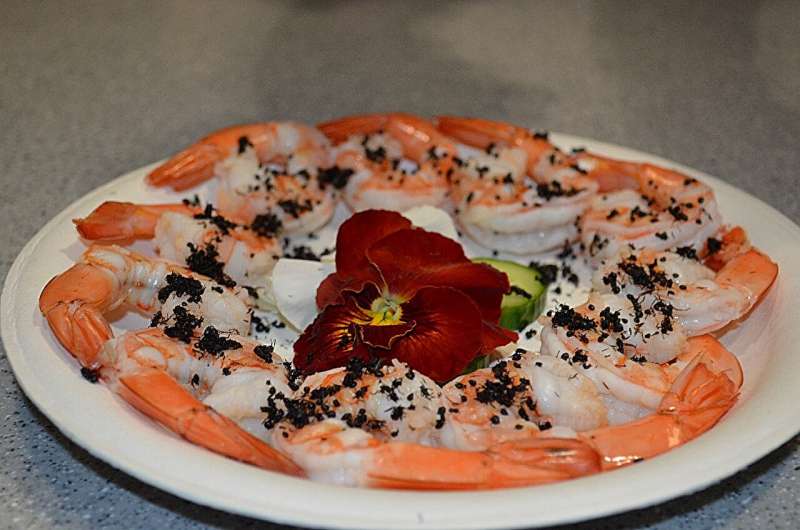In the vast realm of gastronomy, where culinary creativity knows no bounds, an unlikely yet intriguing ingredient is making its way onto plates: edible ants. While insects might not be the first choice for many diners, these tiny creatures offer a world of flavor, nutrition, and sustainability that is capturing the attention of chefs and food enthusiasts alike.
In regions where entomophagy, or the practice of eating insects, is common, ants are prized for their unique taste profiles and versatility in culinary applications. From roasted snacks to savory sauces, edible ants are celebrated for their distinct flavors, which vary widely among different species. Researchers at San Diego State University, led by Associate Professor Changqi Liu, have embarked on a pioneering study to uncover the complex aroma profiles of four species of edible ants, shedding light on their potential as a flavorful and nutritious food source.
The findings of the study, presented at the spring meeting of the American Chemical Society, offer fascinating insights into the diverse flavors of edible ants. Through a combination of analytical techniques, including gas chromatography-mass spectrometry and olfactometry, the researchers identified key volatile compounds responsible for the aroma of each ant species. What emerged was a rich tapestry of flavors, ranging from acidic and vinegary to nutty, woody, and caramel-like.
One of the most intriguing discoveries was the presence of formic acid in common black ants, which imparts a sour flavor reminiscent of lemon juice. This compound, secreted from venom glands, adds a distinctive tanginess to dishes and can serve as a unique culinary substitute. In contrast, chicatana ants, prized for their nutty and fatty flavor, contain pyrazines and aldehydes that evoke roasted nuts and grilled meats—a testament to their culinary versatility.
Weaver ants, with their complex aroma profile of nuttiness and sweetness, offer a tantalizing blend of flavors enhanced by pyrazines and pyrroles. However, the presence of off-flavors such as hay and urine-like notes underscores the importance of understanding ant flavor profiles in depth. Through meticulous analysis, the researchers hope to unlock the full culinary potential of these insects while addressing sensory considerations.
Beyond their flavor profiles, edible ants hold promise as a sustainable and nutritious food source. As global concerns about food security and environmental sustainability continue to escalate, insects offer a compelling solution. With high protein content, essential vitamins, and minerals, ants present a viable alternative to traditional animal proteins. Moreover, insect farming requires fewer resources and produces fewer greenhouse gas emissions, making it a more environmentally friendly option.
However, challenges remain in terms of consumer acceptance and affordability. While insects have long been a dietary staple in many cultures, they have yet to gain widespread popularity in Western cuisines. Overcoming cultural barriers and perceptions will be essential in promoting the adoption of edible insects as a mainstream food choice.
As Associate Professor Liu emphasizes, education and awareness play a crucial role in fostering acceptance of edible insects. By highlighting their nutritional benefits, culinary versatility, and positive environmental impact, researchers aim to shift perceptions and inspire culinary innovation. Ultimately, the goal is to showcase the diverse and delicious possibilities that edible ants—and insects as a whole—bring to the table.
The study of edible ants offers a glimpse into the rich tapestry of flavors and culinary potential that insects provide. From savory snacks to gourmet delicacies, ants offer a sustainable and nutritious addition to the culinary landscape. As we embark on a journey of exploration and discovery, let us embrace the remarkable diversity of nature’s bounty and savor the flavors of edible ants with an open mind and adventurous palate.
